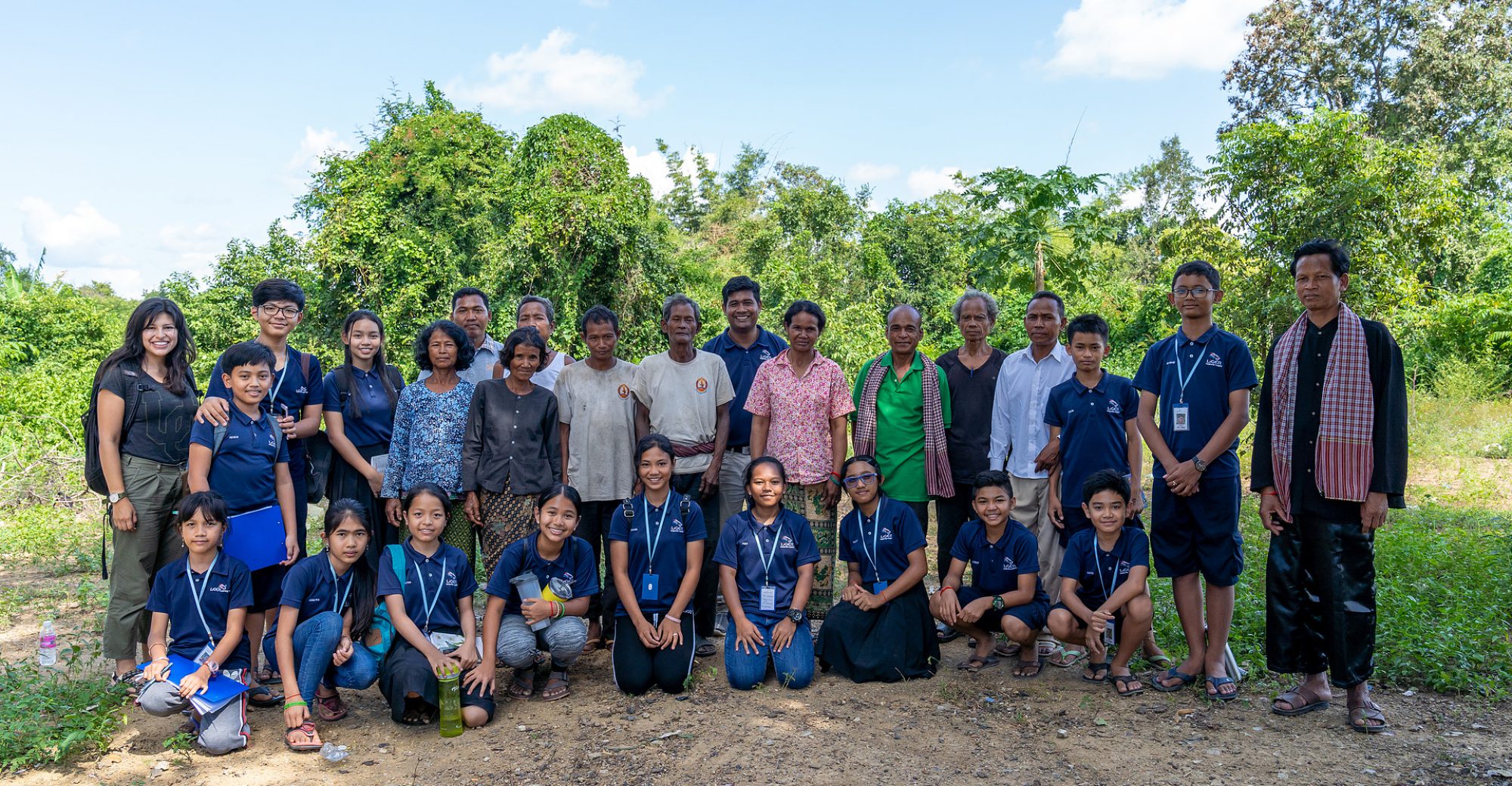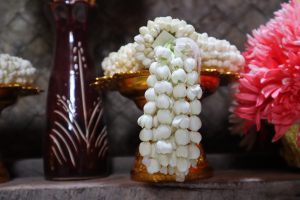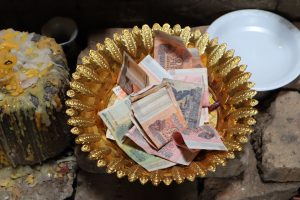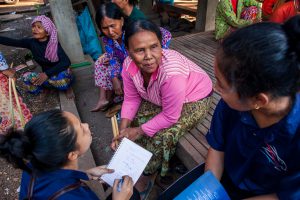The book of Kui indigenous community has been written by 16 juniors at Liger Leadership Academy to promote this group to the outside world. To illustrate that they have a different daily lifestyle, culture, and history. We have been spent for 7 weeks to research on this project by going on a trip and researching on the internet to get all the information of Kui community to plug into this book. We believe that this book will bring you a new topic to learn or discuss. As you go along, you might explore something new and enjoy.
សៀវភៅជនជាតិដើមភាគតិចកួយ ត្រូវបានសសេរឡើងដោយ សិស្សានុសិស្សចំនួន១៦នាក់នៃសាលាភាពជាអ្នកដឹកនាំឡៃហ្គឺរ ក្នុងគោលបំណងលើលស្ទួយជនជាតិដើមភាគតិចនេះ ។ ដើម្បីបញ្ជាក់ពី ការរស់នៅ វប្បធម៍ និងប្រពៃណីរបស់ពួកគាត់។ ពួកយើងមានរយៈពេល ៧ សប្ដាហ៍ក្នុងការស្រាវជ្រាវ ពួកយើងបានចុះកម្មសិក្សាទៅខេត្តព្រេះវិហារ និងស្រាវជ្រាវលើប្រព័ន្ធអុីនធើណិត ដើម្បីយកព័ត៍មានមកបង្កើតកូនសៀវភៅនេះ។ ពួកយើងជឿចាក់ថាអ្នកនឹងទទួលបាននូវចំណេះដឹងថ្មីៗបន្ទាប់ពីបានអានសៀវភៅមួយនេះ។
Identity is the one who shows your origin, without identity, it is very complicated to identify to know who you are? In the whole universe, the human has different genes to define themselves in uncommon style. A human being different from one to another. Both minority faction and majority faction, the way that they work are truly contrast. Minority community on earth are very separate from each other. In Kampuchea, there are many types of indigenous group that still exist. One of an indigenous group is almost existing is “Stieng”. This group is mostly depending on agriculture are the main job. On April to May, which is a rainy season in Kampuchea, so everybody is preparing to farm for the rest of the year. The crops that Stieng people grow are cassava, pepper, rubber, and cashew nut. They farm the cassava on red soil from April and pick the crop on December, the end of the year. One kilogram of cassava is 400៛. In the whole year, they got 5,000,000៛ to 6,000,000៛ from cassava after sold to China company or a middle man. On the other hand, cashew nut is also playing in a role. One kilogram of cashew nut is 3000៛ that sell to the middle man so int he whole year, they got 1,000,000៛ to 2,000,000៛. Stieng farmers use the natural soil to put into the farm. For the rubber, they farm in a large area that not relevant to cassava or cashew nut and even other plants. One year, they got 4 tons of the rubber to sell for a middle man for 1,600៛ per kilogram. And last, pepper, this type of plant need a special sol to grow on like black soil or red soil, for the whole year, they got 1-3 tons of pepper and sell one kilogram for 40,000៛ to the first man or a middle man in the village. The job is very necessary for life so Sieng people hope to have a new job that can help to improve their lives smother beside farming.
Written by Sokheng Em




